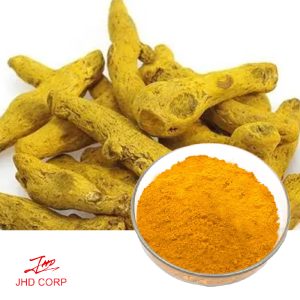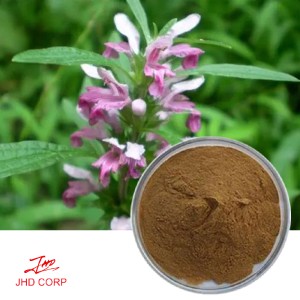The use of α-arbutin needs to know these safety issues and safe concentration
The use of α-arbutin has gained popularity in recent years due to its skin-lightening properties. However, it is important to understand the safety concerns and appropriate concentrations for use.
Firstly, it is crucial to note that α-arbutin is a derivative of hydroquinone, which has been linked to adverse effects such as skin irritation, allergic reactions, and even cancer. Therefore, it is important to exercise caution when using α-arbutin and to avoid high concentrations.
The safe concentration of α-arbutin 99% varies depending on the product and the individual's skin type. Generally, concentrations of 1-2% are considered safe for topical use. However, it is important to follow the instructions provided by the manufacturer and to perform a patch test before using the product on a larger area of skin.

It is also important to note that α-arbutin should not be used in conjunction with other skin-lightening agents such as kojic acid or hydroquinone. This can increase the risk of adverse effects and should be avoided.
In addition, it is recommended to avoid using α-arbutin during pregnancy or while breastfeeding. There is limited research on the effects of α-arbutin on fetal development and it is better to err on the side of caution.
When using α-arbutin CAS No 84380-01-8, it is important to protect the skin from UV radiation by wearing protective clothing and using sunscreen. This is because α-arbutin can increase the skin's sensitivity to sunlight and increase the risk of sun damage.
In conclusion, while α-arbutin can be an effective skin-lightening agent, it is important to understand the safety concerns and appropriate concentrations for use. It is recommended to use low concentrations, avoid combining with other skin-lightening agents, and protect the skin from UV radiation. As with any skincare product, it is important to perform a patch test and consult with a healthcare professional if any adverse effects occur.















